Where are you headed?
Page not found. Your pixels are in another canvas.
A list of all the posts and pages found on the site. For you robots out there is an XML version available for digesting as well.
Page not found. Your pixels are in another canvas.
About me
This is a page not in th emain menu
Published:
Published:
Published:
Published:
Published:
Published:
Published:
Published:
Published:
Detecting fire occurence in Southeast Asia using satellite remote sensing and machine learning 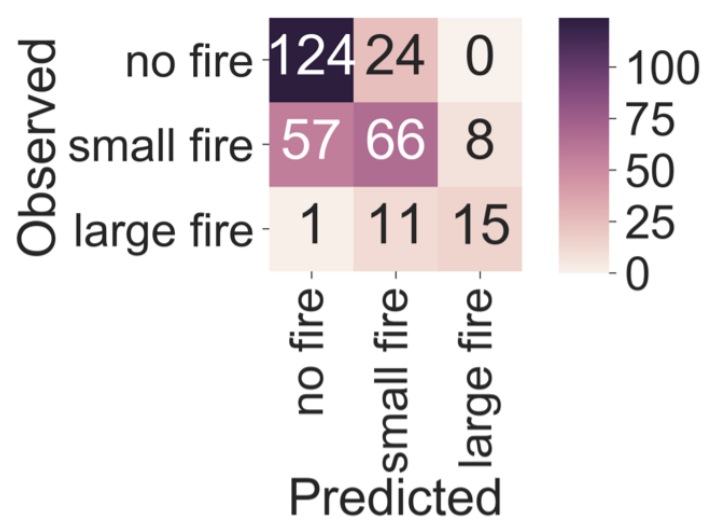
Published:
Make images and figures colorblind friendly by swapping their colormaps 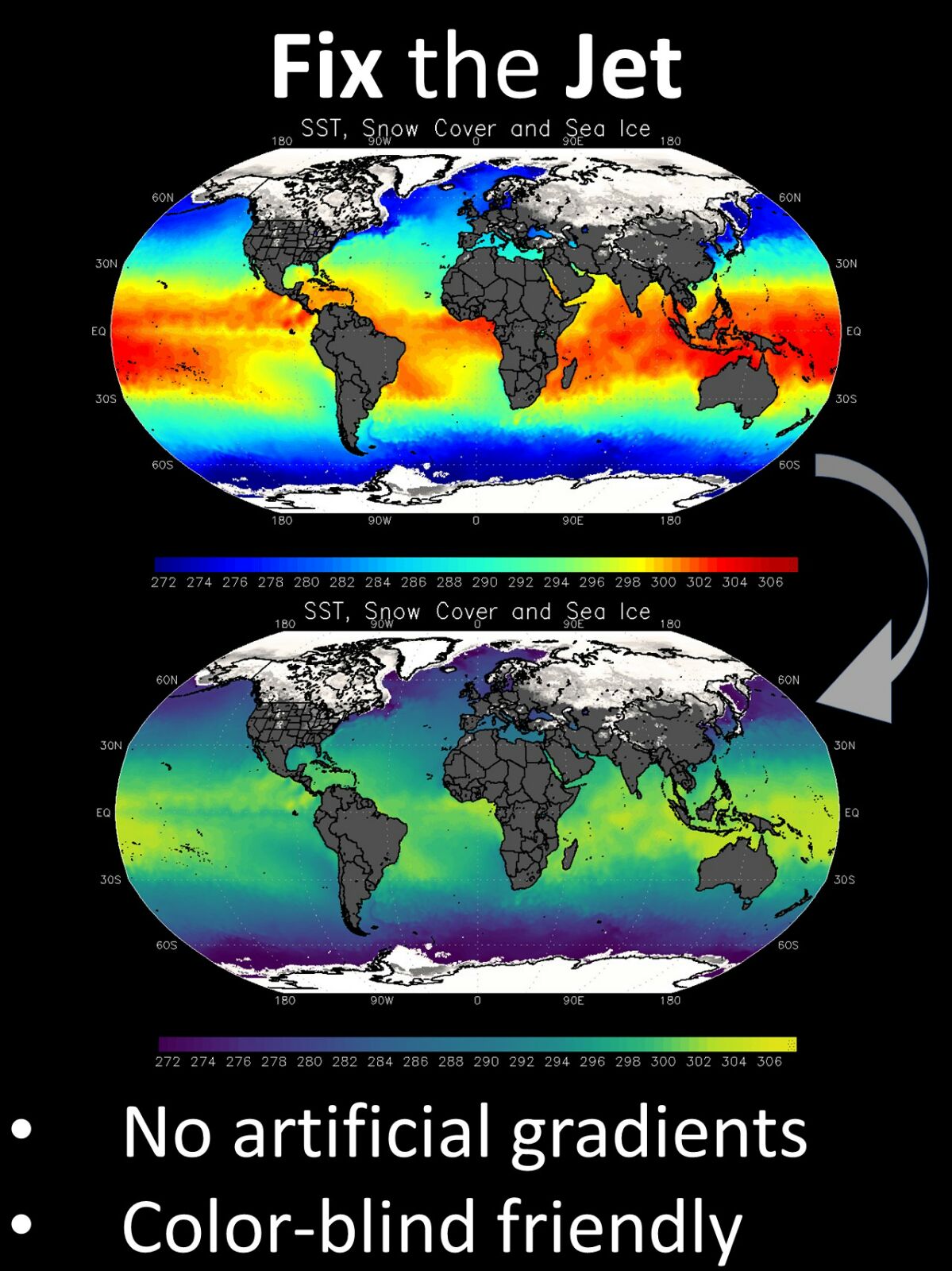
Published:
Live season detector using a network of cameras across North America 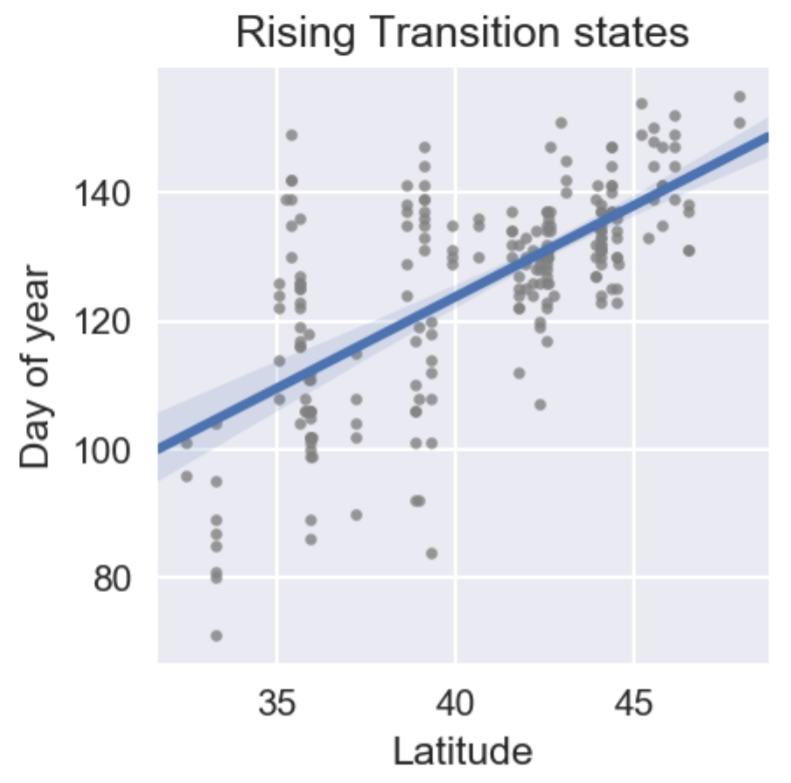
Published:
Near-realtime global flood mapper using automated, localized change-detection 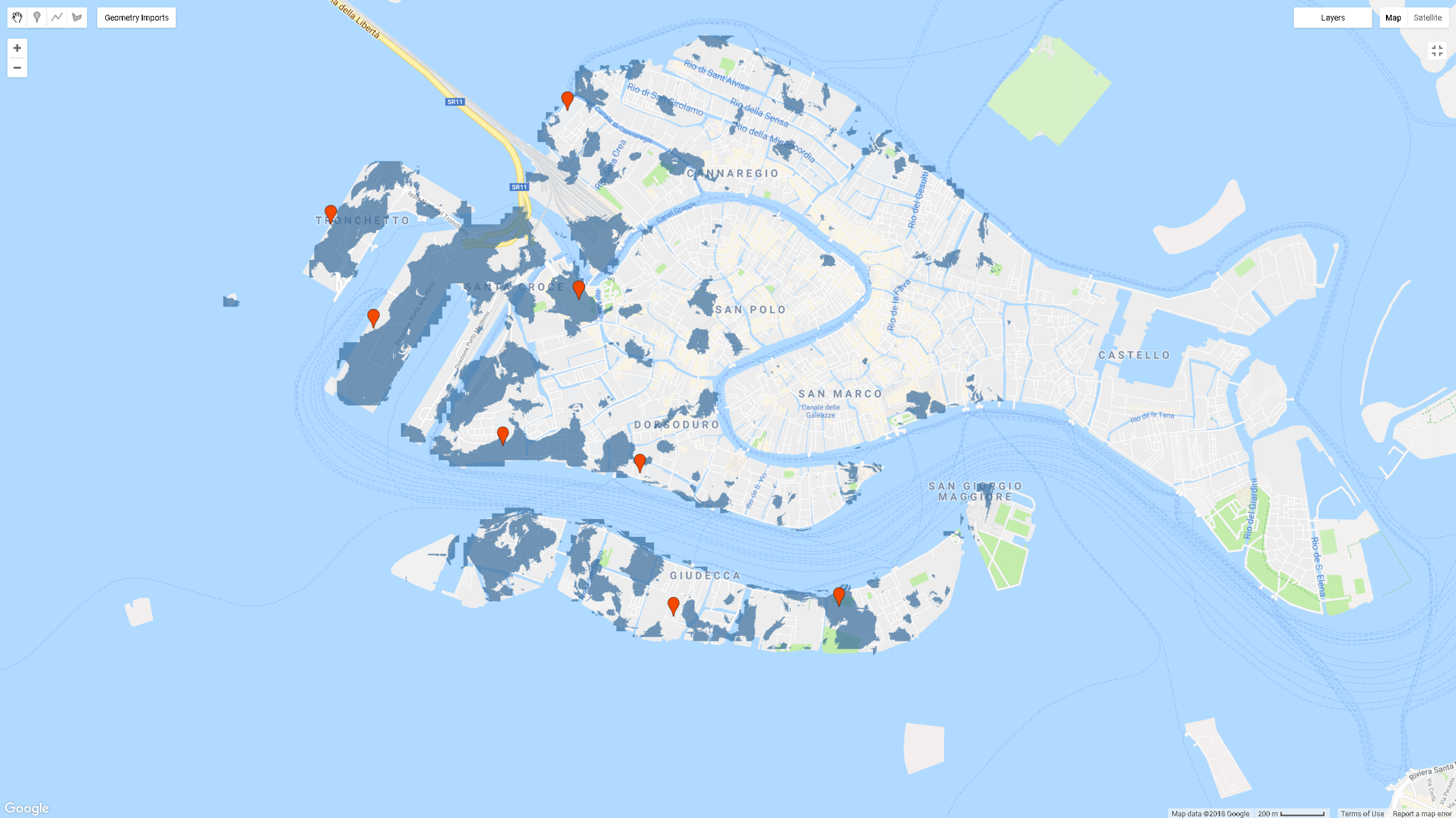
Published:
Identify species of a tree using an image of its leaf. Model powered by deep learning and hosted as a chatbot. 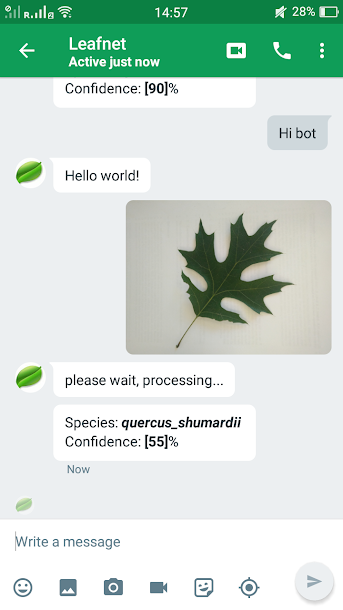
Published:
A simulator which allocates stormwater-associated costs based on user inputs for several different rate structures and incentives.
Published:
A deep learning system saving you from falling into the trap of wildfire risk and social inequality 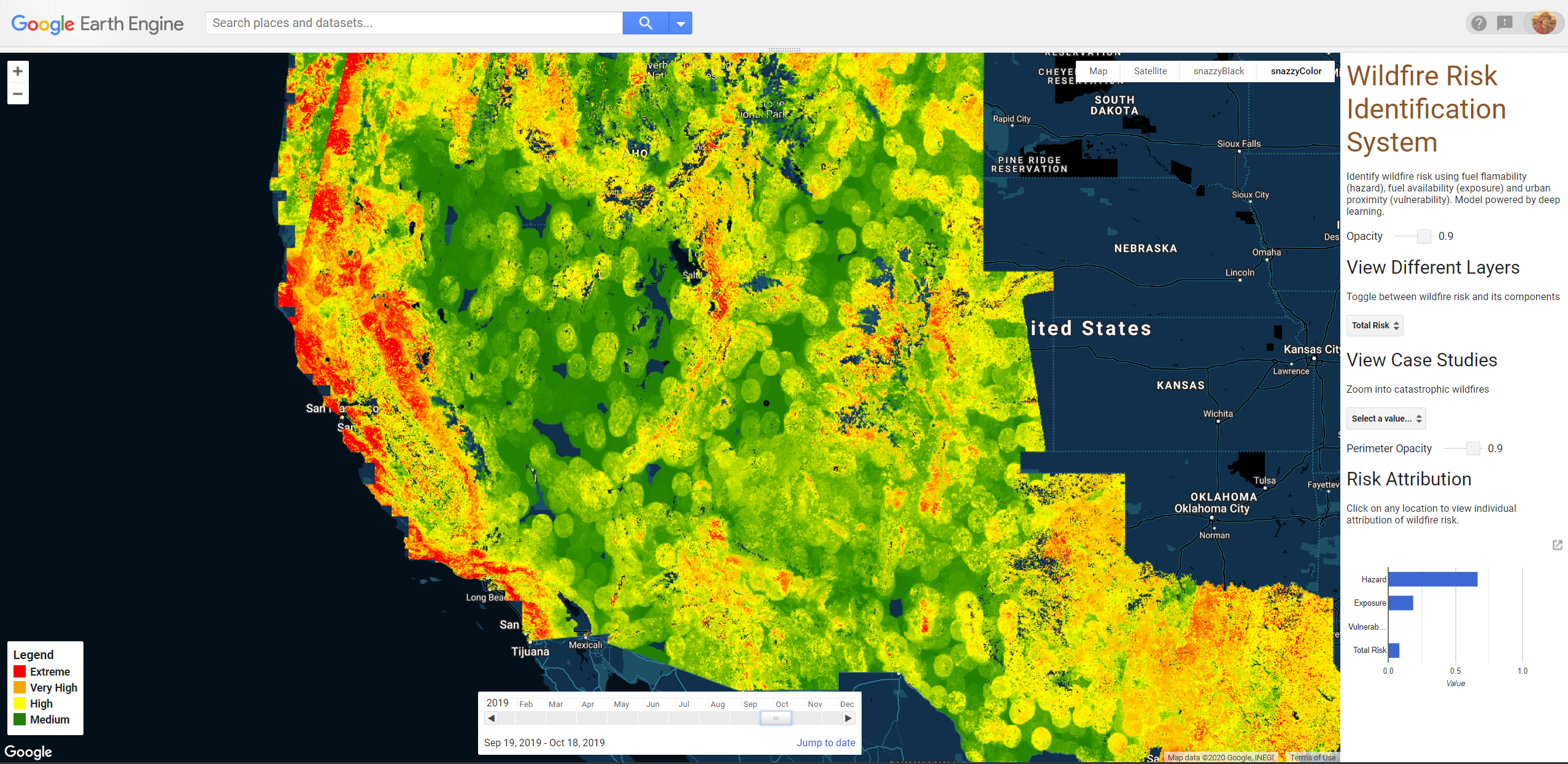
Published:
DamageMap is a system composed of rapid buildings damage assessment and a convenient user interface for result visualization. 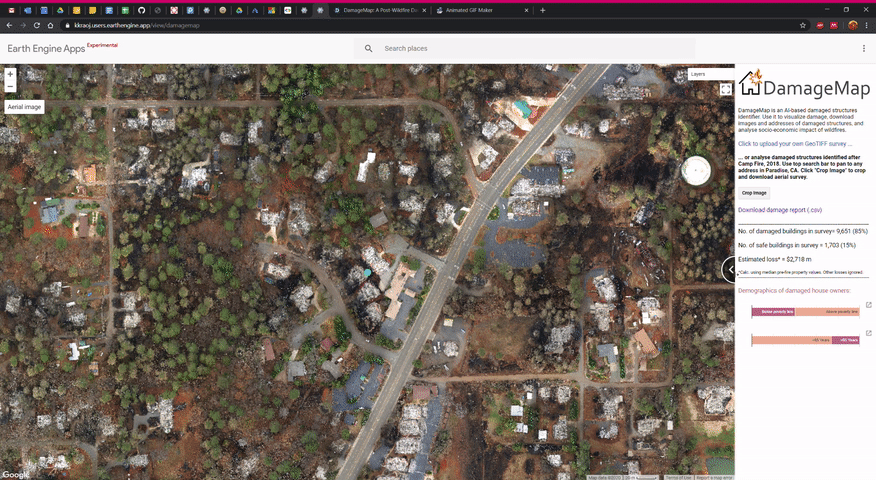
Published:
AIRGAP: Assessing Inequality in Risk from Global Air Pollution tool allows for the exploration and analysis of near-real time air quality and income inequality around the world based on sattelite data. 
Published in Remote Sensing of Environment, 2019
This paper is about developing a scalable plant drought stress indicator using vegetation optical depth.
Recommended citation: Rao, K., Anderegg, W.R.L., Sala, A., Martínez-Vilalta, J. & Konings, A.G. (2019). Satellite-based vegetation optical depth as an indicator of drought-driven tree mortality. Remote Sens. Environ., 227, 125–136. https://www.sciencedirect.com/science/article/pii/S0034425719301208
Published in New Phytologist, 2019
This paper presents a short review for the use of microwave remote sensing of plant water.
Recommended citation: Konings, A.G., Rao, K. & Steele‐Dunne, S.C. (2019). Macro to Micro: Microwave Remote Sensing of Plant Water Content for Physiology and Ecology. New Phytol., nph.15808. https://nph.onlinelibrary.wiley.com/doi/full/10.1111/nph.15808
Published in Remote Sensing of Environment, 2020
This paper presents a deep learning-based solution to rapidly estimate forest dryness across western USA.
Recommended citation: Rao, K., Williams, A.P., Fortin, J. & Konings, A.G. (2020). SAR-enhanced mapping of live fuel moisture content. Remote Sens. Environ., 245. https://www.sciencedirect.com/science/article/pii/S003442572030167X
Published in AGU Advances, 2021
This paper presents a novel convolutional neural network to detect canals and study the effect of canals on land subsidence.
Recommended citation: Dadap, N. C., Hoyt, A. M., Cobb, A. R., Oner, D., Kozinski, M., Fua, P. V., Rao, K., Harvey, C. F., & Konings, A. G. (2021). Drainage Canals in Southeast Asian Peatlands Increase Carbon Emissions. AGU Advances, 2(1), e2020AV000321. https://doi.org/10.1029/2020AV000321 https://agupubs.onlinelibrary.wiley.com/doi/full/10.1029/2020AV000321
Published in Geophysical Research Letters, 2021
This paper re-examines the commonly held assumption that VOD interannual variations are proportional to interannual variations in biomass, and shows that the assumption for the most part, is invalid.
Recommended citation: Konings, A. G., Holtzman, N. M., Rao, K., Xu, L., & Saatchi, S. S. (2021). Interannual Variations of Vegetation Optical Depth are Due to Both Water Stress and Biomass Changes. Geophysical Research Letters, 48(16), e2021GL095267. https://doi.org/10.1029/2021gl095267 https://agupubs.onlinelibrary.wiley.com/doi/abs/10.1029/2021GL095267
Published in International Journal of Disaster Risk Reduction, 2021
This paper presents an AI-based method to classify damaged buildings using post-wildfire images only.
Recommended citation: Galanis, M., Rao, K., Yao, X., Tsai, Y.-L., Ventura, J., & Fricker, G. A. (2021). DamageMap: A post-wildfire damaged buildings classifier. International Journal of Disaster Risk Reduction, 102540. https://doi.org/10.1016/j.ijdrr.2021.102540 https://www.sciencedirect.com/science/article/pii/S221242092100501X
Published in Nature Ecology & Evolution, 2022
We show that an ecosystem’s sensitivity to drought affects fire hazard.
Recommended citation: Rao, K., Williams, A.P., Diffenbaugh N.S., Yebra, M., & Konings, A.G. (2022). Plant-water sensitivity regulates wildfire vulnerability. Nature Ecology & Evolution, 6, 332–339 (2022) https://www.nature.com/articles/s41559-021-01654-2
Published in IGARSS 2022 - 2022 IEEE International Geoscience and Remote Sensing Symposium, 2022
A new ground-based radar system to monitor vegetatation water at plot-scales
Recommended citation: Rao, K., Ulloa, Y. J., Bienert, N., Chiariello, N. R., Holtzman, N. M., Quetin, G. R., et al. (2022). Side-Facing UHF-Band Radar System to Monitor Tree Water Status. In International Geoscience and Remote Sensing Symposium (IGARSS) (Vol. 2022-July, pp. 5559–5562). Institute of Electrical and Electronics Engineers Inc. https://doi.org/10.1109/IGARSS46834.2022.9883620 https://ieeexplore.ieee.org/abstract/document/9883620
Published in Geophysical Research Letters, 2023
Mimicking a randomized control trial of wildfires, scientists use satellites to uncover the key role of vegetation dryness in wildfire risk, aiding wildfire management and preparedness in California.
Recommended citation: Rao, K., Williams, A.P., Diffenbaugh, N.S., Yebra, M., Bryant, C. and Konings, A.G., 2023. Dry Live Fuels Increase the Likelihood of Lightning‐Caused Fires. Geophysical Research Letters, 50(15), p.e2022GL100975. https://agupubs.onlinelibrary.wiley.com/doi/10.1029/2022GL100975
Published in Global Change Biology, 2024
We seek to understand the relative importance of the dominant species for regional-scale variations in woody plant responses to water stress.
Recommended citation: Konings, A. G., Rao, K., McCormick, E. L., Trugman, A. T., Williams, A. P., Diffenbaugh, N. S., Yebra, M., & Zhao, M. (2024). Tree species explain only half of explained spatial variability in plant water sensitivity. Global Change Biology, 30, e17425. https://onlinelibrary.wiley.com/doi/full/10.1111/gcb.17425
Published:
This talk presented retrofitting measures for the storwater drainage system of the IIT Madras campus. The 650-acre campus’ stormwater drainage network is more than 50 years old fails frequently during big storms. The talk focussed on presenting a 3-phase expansion plan to include-
Published:
Published:
Published:
Watch the panel discussion on helping prospective international students below.
Published:
Published: